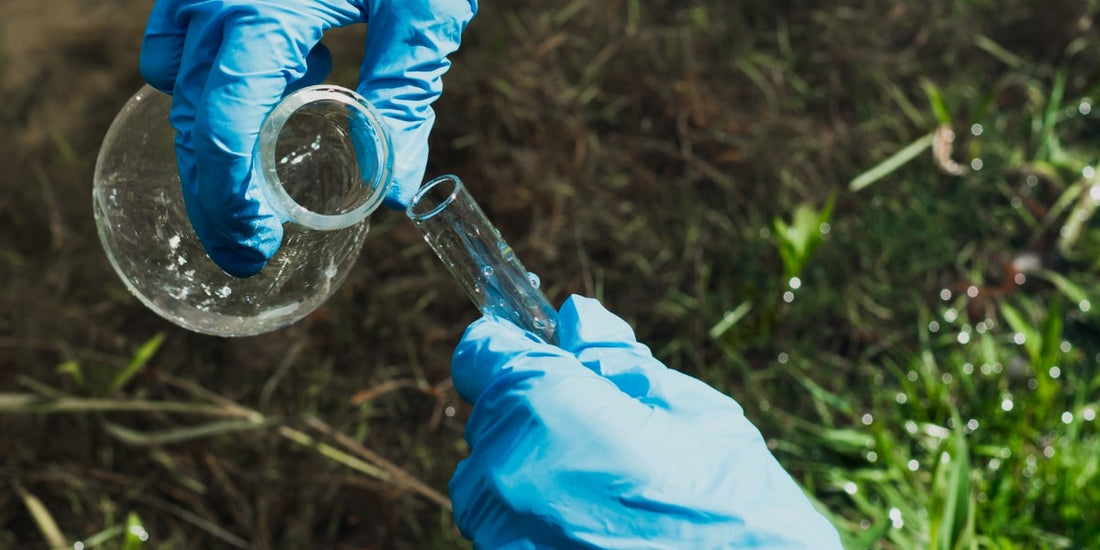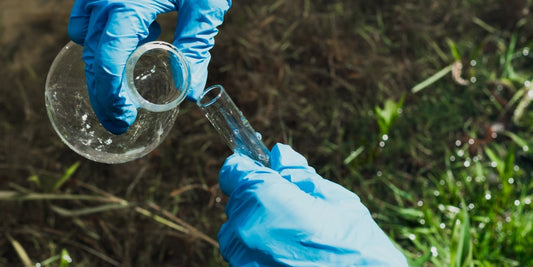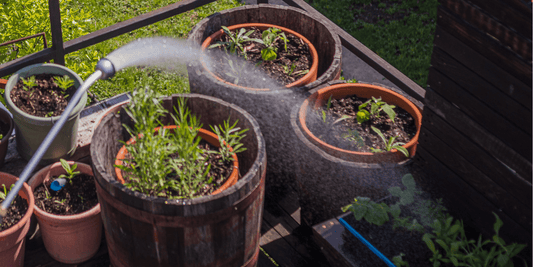
PFAS ‘Forever Chemicals’ in UK Water: Risks, Rules & Solutions
Share
Recent investigations have revealed a widespread presence of persistent and potentially harmful chemicals, known as PFAS (per- and polyfluoroalkyl substances), in water sources across the UK. These “forever chemicals” are raising alarm among scientists, regulators, and public health experts due to their persistence in the environment and potential impacts on human health.
What Are PFAS and Why Are They Called ‘Forever Chemicals’?
‘Forever chemicals’ is a nickname for a large group of synthetic substances called PFAS (per- and polyfluoroalkyl substances). They’re everywhere, from non-stick pans and waterproof jackets to firefighting foam. Their unique chemical structure means they don’t break down naturally, so they stick around in the environment (and in our bodies) for years, maybe even centuries.
This growing awareness has led many water professionals and homeowners to look for ways to remove PFAS from their water, using reliable technologies like reverse osmosis systems, carbon-based filter cartridges, and UV disinfection units as part of a comprehensive purification setup.

What’s Happening in UK Water?
PFAS are more common in UK water than many of us realise. Tests from England and Wales show that about a third of rivers and water courses have medium to high-risk levels of some key PFAS chemicals, especially PFOS (perfluorooctane sulfonate) and PFOA (perfluorooctanoic acid). More than 11,000 water samples taken last year tested positive for PFAS compounds.
These substances have also been found in bottled water and tap water across major cities like Birmingham and Coventry. While levels here are typically lower than in some other countries, PFAS are still present—and persistent. That’s why it’s essential to use filter housings and cartridge systems that are compatible with PFAS-reducing media, especially in areas with known contamination.
The Hidden Threat of Trifluoroacetic Acid (TFA)
Another “forever chemical” popping up in headlines is trifluoroacetic acid, or TFA. Scientists from the University of York have found TFA in almost every river they tested across the UK, from Scotland down to Wales and Northern Ireland.
TFA is a breakdown product of other PFAS compounds and is equally stubborn. Although it's not yet regulated in the UK, scientists and regulators are pushing for stricter controls.
In the meantime, homeowners and professionals can reduce exposure with multi-stage filtration, including systems that use specialist media within pressure vessels to treat a wider range of contaminants, not just standard PFAS.

Health Risks Linked to PFAS Exposure
Even at low levels, long-term PFAS exposure has been linked to a range of serious health conditions, including:
- Thyroid problems
- Certain cancers
- Liver and kidney damage
- Fertility issues
- Developmental harm to unborn babies
This is one reason why point-of-entry filtration, particularly using reverse osmosis or UV systems, is increasingly being used not just for taste and clarity—but for peace of mind. These technologies are already part of our water purification collection, trusted by both domestic users and trade professionals.
Where Do These Chemicals Come From?
PFAS contamination often comes from:
- Sites like airports and military bases, where firefighting foam containing PFAS is used
- Industrial plants that manufacture or use PFAS in their processes
- Wastewater treatment works that can’t fully remove these chemicals
- Landfills leaking contaminated water into surrounding soil and rivers
Many of these sources have contributed to ongoing, long-term contamination in groundwater—one of the reasons why long-life filter media, housed in durable WRAS-approved pressure vessels, can play such an important role in tackling these legacy pollutants.

What’s Being Done in the UK?
In 2024, the Drinking Water Inspectorate set a new limit of 100 nanograms per litre for 48 types of PFAS combined, which is a step forward. But these limits aren’t yet backed by full legislation, and there are calls for tighter controls and more frequent testing.
Compared to the US, where limits for some PFAS are much stricter, and the EU, which regulates the total PFAS concentration, the UK still has some way to go.
Until we see more consistent regulation, bespoke filtration systems tailored with the right media, cartridges, and housing are essential for managing risk at both the domestic and commercial level.
What Can You Do Right Now?
Whether you’re a water industry professional or a homeowner worried about what’s in your glass, there are simple, effective ways to reduce PFAS exposure:
- Install a PFAS-rated water filter, such as activated carbon or RO
- Use filter jugs or under-sink systems for quick wins
- Upgrade to whole-house solutions using UV disinfection and specialist filter media
- Keep track of your area’s water quality using public reports
We offer a full range of filtration systems, including UV units, pressure vessels, RO systems, and bespoke filter housings. Helping you ensure what flows from your tap is always safe and clean.

A Call for Urgent UK Action on ‘Forever Chemicals’
PFAS contamination is a long-term issue, one that’s likely to get worse before it gets better unless we act quickly. We need legislation, investment in water treatment infrastructure, and most importantly, practical solutions that people can use today. Water safety isn’t just about taste or clarity anymore. It’s about protecting future generations.
Protect your home, your clients, and your water.



